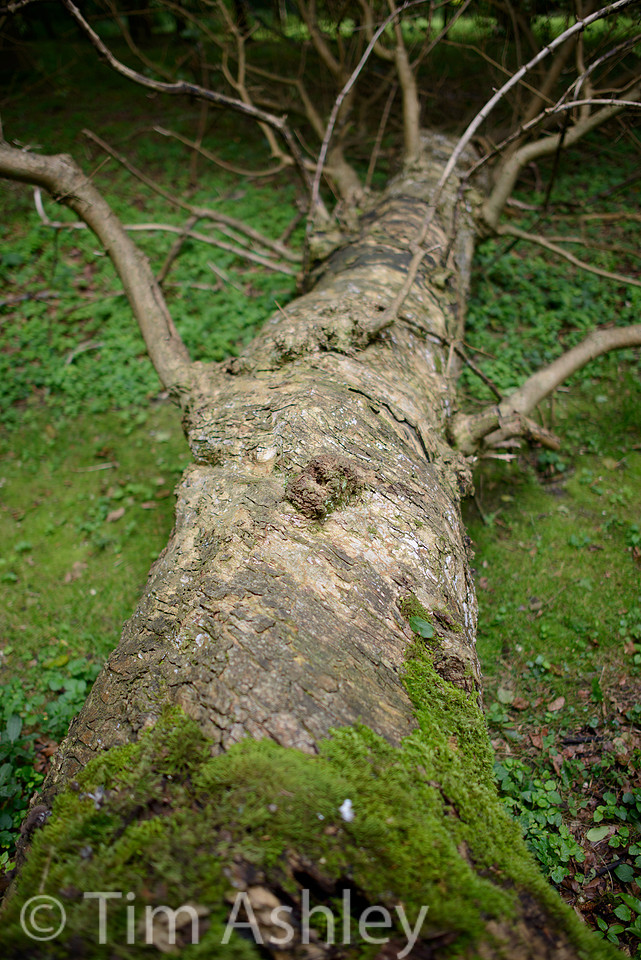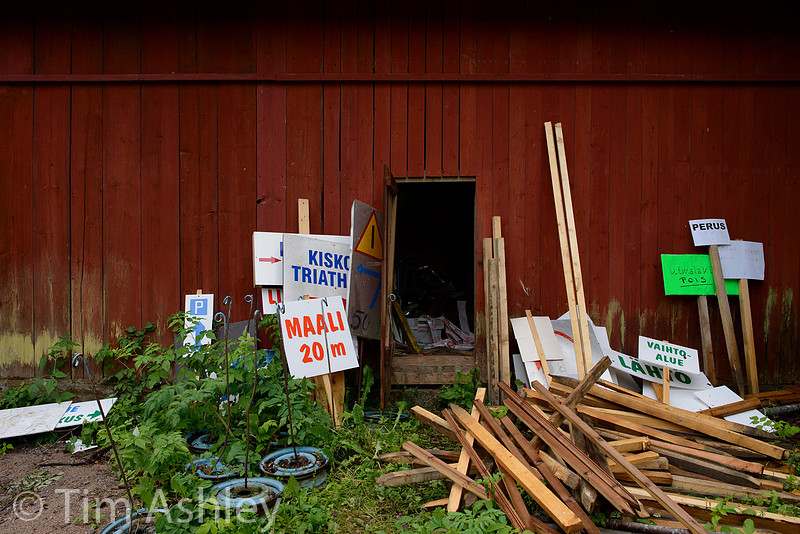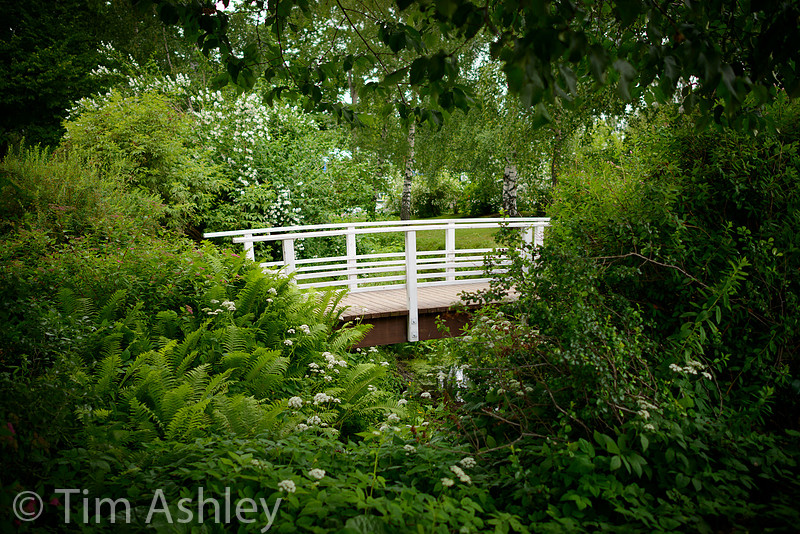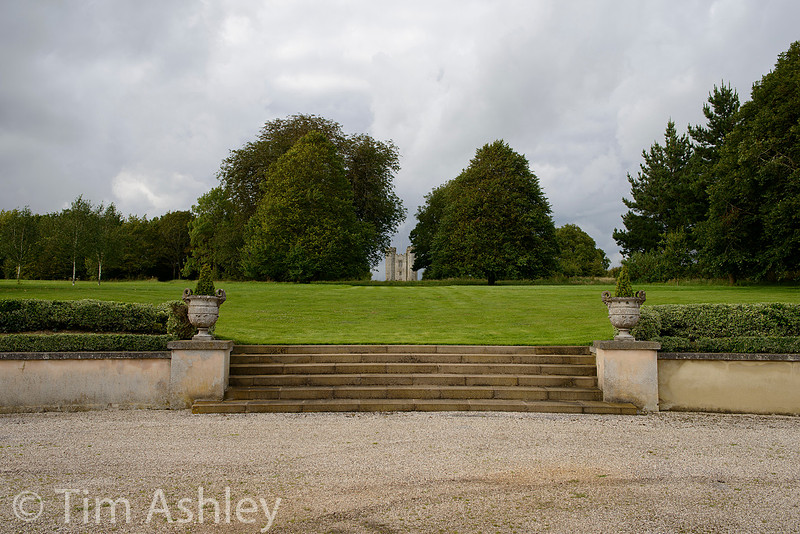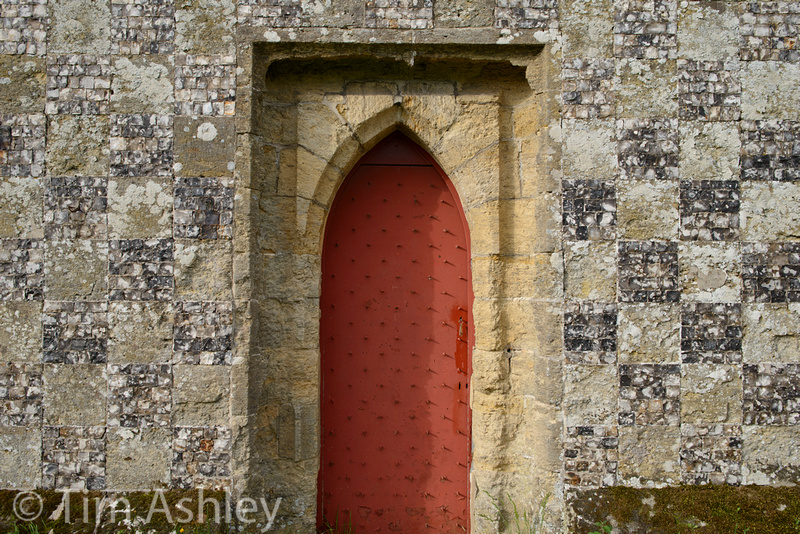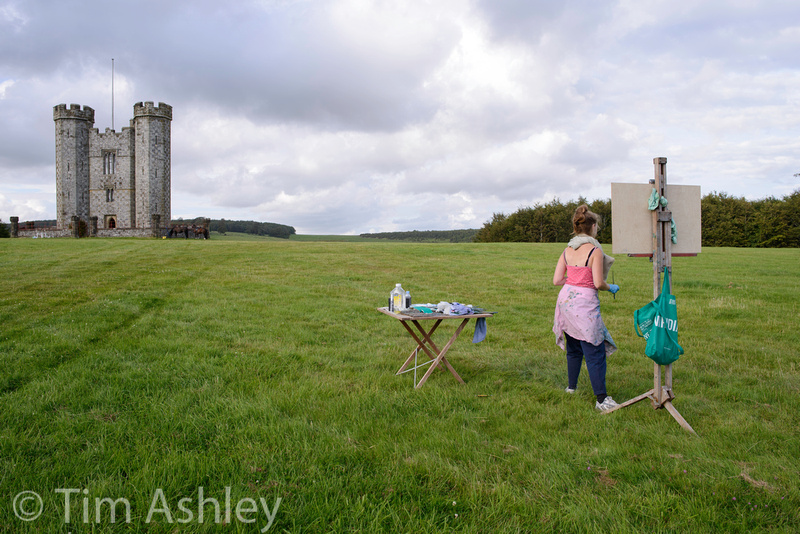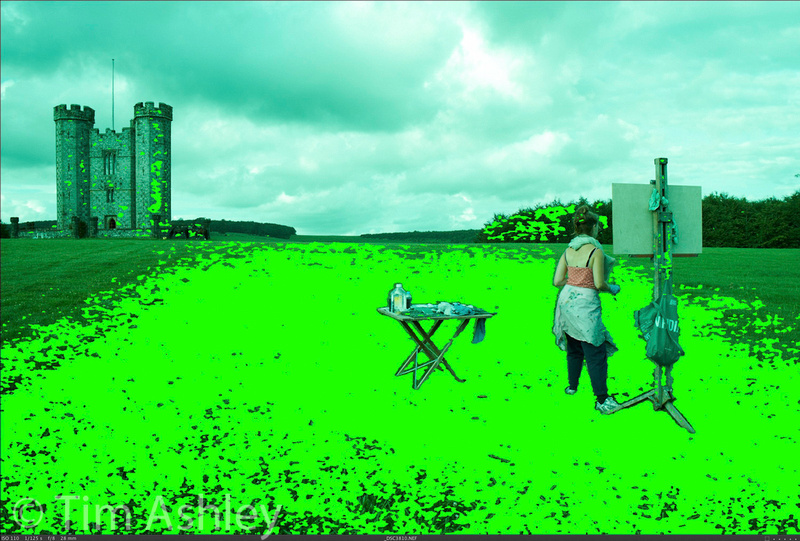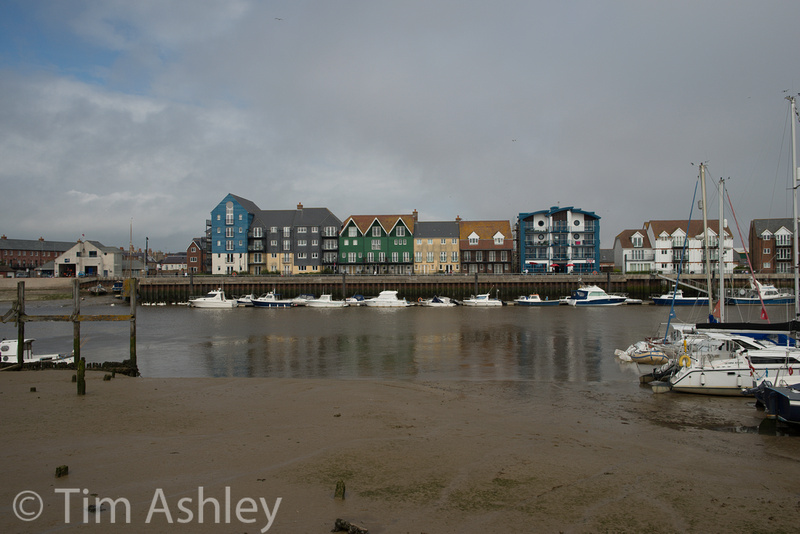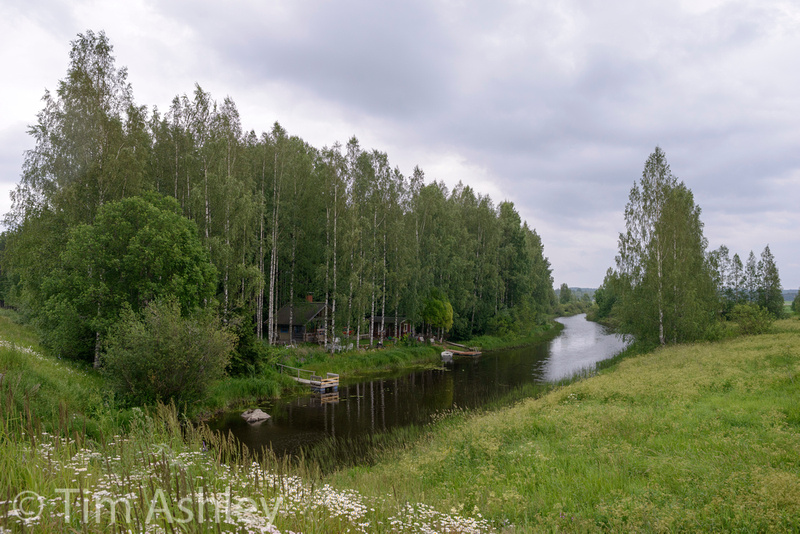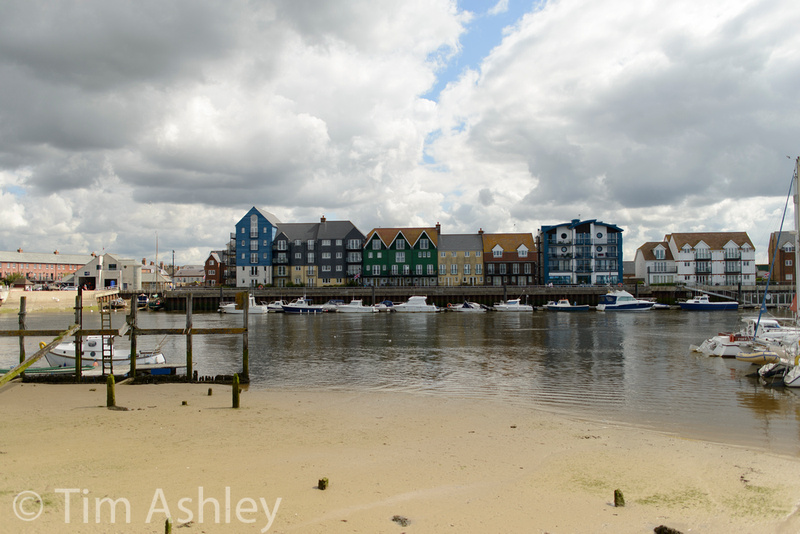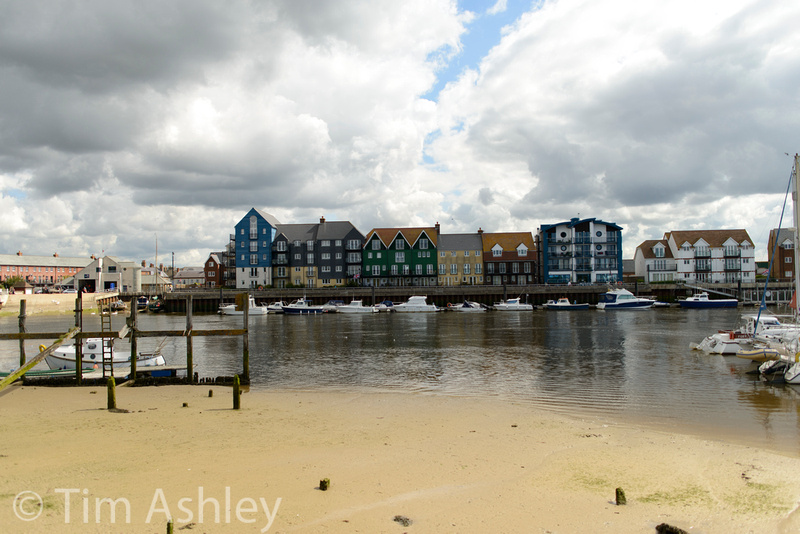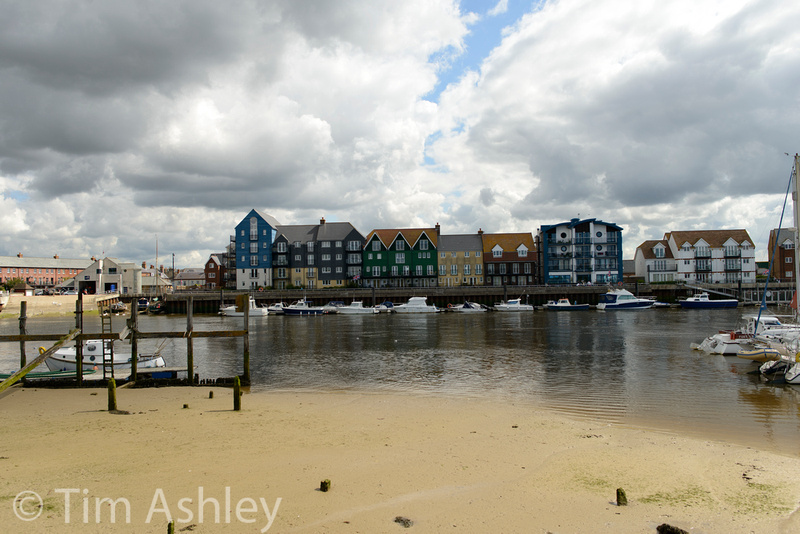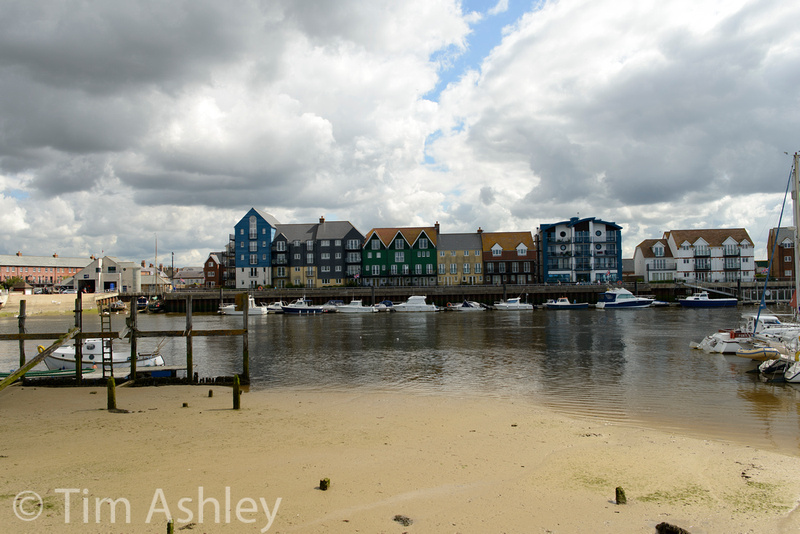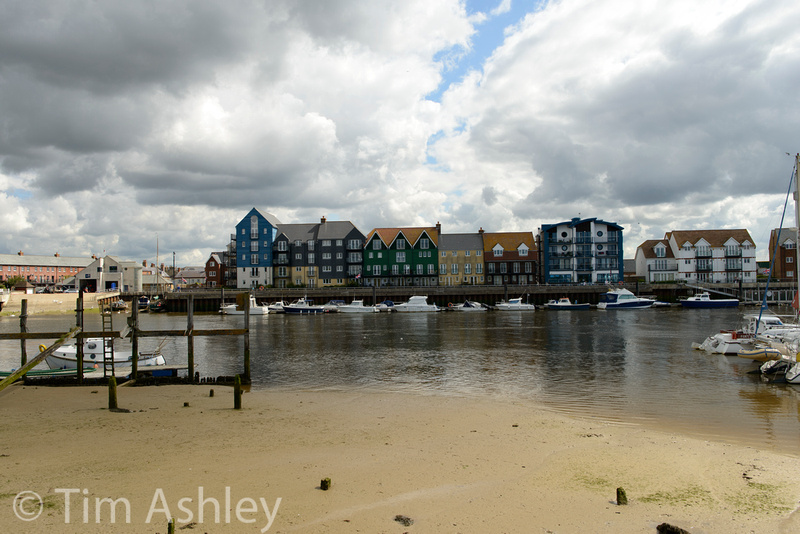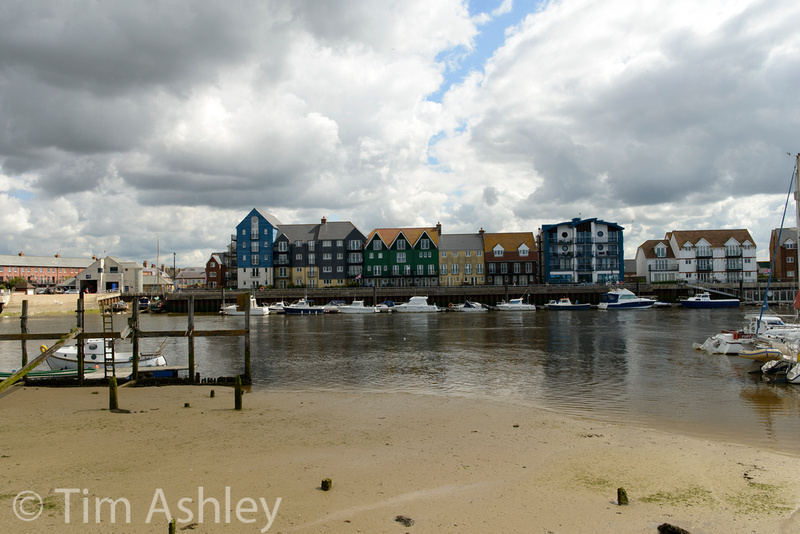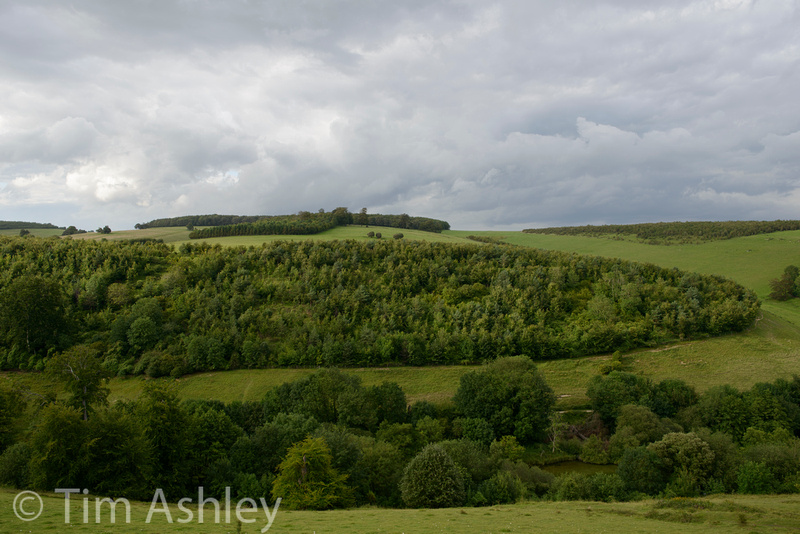The 28mm F1.8G Nikkor on D800: The "Marmite" lens.This is quite a controversial lens. Some people I know have taken it out of the box, shot a few frames and sent it straight back. Others have found that it has problematic focus shift. I think it's great. It does some tricks. It's sharp. It's very light and quite cheap. But it has a dark side: those people were right in spotting some odd behaviour. It has not only focus shift* as it stops down, but pretty extreme curvature of its field of focus. If you imagine an aerial view of a nose, that is the shape of the field of focus of this lens: it has a sharp distant centre, sharp nearby sides, and risks other stuff being OOF when you might expect it to be in. This also changes depending on aperture and subject distance. So you need to know its ways before using it on a job or it WILL bite you in the arse. I've used it a fair amount but I still have tooth marks from time to time. So I call it the 'Marmite' lens. You love it or you hate it. (Marmite is a yeast extract much beloved of many British adults for spreading on hot, buttered toast but an equal number of people absolutely hate it!) But one thing worth bearing in mind: on the Lenstrentals page of D800 Recommended lenses it has a better balance of centre and edge sharpness than almost any other lens, zoom or prime, Nikon or Zeiss. though it is worth noting that the test methodology is not consistent across lenses per aperture First, some photos at a variety of apertures: A couple wide open so you can see the bokeh, which is very pleasant:
Now one at at F8:
Now to the meat. Focus Shift* Some might need a slight tweak: I tested it using a Spyder Lenscal and it was well calibrated wide open. Then as I stopped down, the plane of focus shifted backwards but on my copy, the POF always remains in focus. Some people have found otherwise with their copies and the solution should be a simple adjustment: dial in some negative AF fine tune and you can probably find a point whereby the lens focusses properly wide open BUT keeps the POF in focus even at smaller apertures as the focus shifts backwards. It might take a few minutes but it'll probably be worth it. Field Curvature There are going to be a few examples here, but a few is never enough: this lens behaves differently at different subject distances and apertures and there are too many permutations to cover but I'll do what are, for me, the most important ones. Clicking on any image will load a full-sized, 91% quality JPEG for you to explore. Look carefully: this is one tricky minx.
This is a clue to why people have issues with the lens. It has what appears to be almost random areas of in-and out-of focus which, depending on the aperture and the focus distance, can be confusing in their placement and extent. But I have to say that in relaxed, forget-about-it-and-shoot usage, I have probably only been surprised and disappointed about five times out of well over a thousand shots. The reason for this is that the lens nearly always seems to have a fairly good flat plane ability. For example (and again click for a full sized image) this next shot is very typical. Again at F5.6, a more or less totally planar subject, and apart from a touch of weakness at the extreme corners, everything is in focus:
So (aside from happily shooting any plane parallel to the sensor) one useful trick with the lens is that you can shoot down rooms, halls, alleys of trees, many of life's challenges requiring apparently enormous DOF, without having to use focus stacking, tiny apertures, perspective control lenses, whatever. If you know the lens. And if you turn it on its side, something rather marvellous happens. Same scene as above, same POF:
In this shot, everything is in focus until literally just under the photographer's toes. The bulging field of focus, much more prevalent on the long side because of the geometry involved, has sucked almost everything in. Of course if you were able to look a little more to the left or right, just beyond the confines of the frame, the drop off would begin. But in portrait orientation this ability is very, very useful. If you know the lens. So let's take a look in slightly more detail at what happens and where, in the field of focus. This will help avoid future teeth marks on the rump. Take a look at this: This shot, made at F8 on a D800E, was focussed using the right point on somewhere around the easel and then recomposed. You can see therefore that focus was effectively set in the centre of the frame at about the same distance from the camera as the easel. Elsewhere I have noted that F&R is suboptimal for this lens on this camera compared to using the peripheral focus points but that was wide open and it was suboptimal not terrible. You can pretty much ignore that in this example. It is really worth clicking and downloading the full-sized version because it is very instructive but here's my commentary, FWIW: Everything in the foreground, from the extreme corners to the centre, is in focus. Everything in the same plane as the POF is in focus. Everything, even to the very far far distance, in the centre is in focus: just look at the distant hillside. But the trees in the mid ground, right, and the tower, are OOF. And if you look at the grass (and the slightly rising ground is why I chose this scene for this little experiment) you can see where the curve of the field of focus lies. And it is very complex indeed. It is almost a forward wedge, shaped like a runway seen from one end. But towards the far mid-ground it widens out a touch. Note how the extreme right hand side of the tower is just about in focus. The horses are in focus. And if you read leftwards from the left-most horse, you will see just how abruptly the zone of focus falls off. Extraordinary. BTW the best, best way of finding out where focus fields are is to shoot scenes like this with grass in: it gives you a million points of reference and is by far your best shot at a complex and frustrating task. You will pretty much never find this sort of information in a bench test of a lens and yet it is vital, with complex lenses like this, to know what is going on, however methodologically open to dispute such field tests may be. Here is a screenshot from this image loaded into Capture One, which has an elementary kind of Focus Mask ability built in. It only gives a rough idea but for those who can't be bothered with downloading the full image above and walking around in it, it should be useful though it rather misses the fact that the far central hillside is crisp: Ignore the weird White Balance: I was shooting using UniBW (Universal White Balance) and if you don't know what that is, best not to ask!
OK so now we know where at F5.6 and F8, with certain points of focus, the field of focus lies. An experienced photographer can extrapolate from that, various likely scenarios. But if you want a good general rule it is this: If you stop down to about f3.2 and shoot at distances of about ten feet or more, you have a very high chance of everything at the planar distance of the POF being in focus and you will get a bonus runway running from your shoulders to somewhere in the central distance, the size, width and position of which are determined by POF and aperture. Usually. Because sometimes, it will bite you. Take a look at this shot, made whilst doing comparative tests for my recent series on the 24-120 F4 VRII: Now I didn't use this shot in that comparison because it is an aberration. It doesn't show what the lens pretty much always does, which is to give you clean sharp edges at the planar focus distance. Instead, the centre of the line of houses is sharp and the edges are gone and from this, and the rest of the field of focus, I deduce that the Live View AF missed its target, which it rarely but sometimes does: note: this shot was made using Live View AF on a tripod. All other shots were made using viewfinder (phase detect) AF handheld, because that is how in practice it is most likely to be used and so those were the lessons I wanted to draw Moving on now... The problem with lenses that have characteristics like this is that there are some situations where working out how to use them is a mindfuck. For example, I know a few guys who sent it back because they couldn't get shots where the subject was at a 45 degree angle to the sensor to focus as they wanted. Now I totally get this problem. But I would say that if you pre-visualise the 'runway' when you shoot and choose your POF accordingly, given the angle you are to your subject, it gets a whole lot easier. Take this one for example: Now here, I honestly can't say exactly where I focussed and the NX2 method of displaying the focus point used wouldn't be useful because I probably F&R'd a little. But I can say that it shows that at F5.6 or tighter, and by focussing further forwards into the scene (probably about the boat) and angling the camera appropriately relative to the scene you can get that runaway of focus zone in a shape and place that suits you. Hell, focus bracket a bit til you get the hang of it. I did! And soon enough you will be doing it, and getting it right, automatically and intuitively. Last of all, I want to post an aperture series. This will, incidentally, let you see something of how the field of focus shifts as the lens is stopped down BUT the main purpose of it is to allow you to assess the sharpness of the lens at reasonable distance at different apertures, and to allow you to see how much and when it is affected by diffraction at smaller apertures and softness at larger ones. All are clickable for full sized versions. All are focussed in the centre of the buildings opposite. To save the sweat of those who like their food fast, here's my commentary. At F1.8 the lens is already pretty good, even to the edges, until you compare it to F4 and 5.6 where it is best. By F8 a tiny, tiny diffraction has started to kick in, quite hard to distinguish at all F8 or indeed at F11 but at F11 just enough to take the edge off the moire visible in the brickwork on the buildings at far left. So that's another good tip: if you're shooting an E, use F11 when that suits your DOF needs and you want the benefit of a virtual AA filter. F1.8 F2 F4 ------------ F5.6 F8 F11
Last photo: people keep asking if, with all this focus zone stuff and with all this focus shift stuff, it can shoot landscapes where everything is sharp. At F5.6 at least, it can ;-) click for full-size For stuff on CA, vignetting, LOCAs, distortion and so on, see the bench test websites - but I can say that I haven't had anything I couldn't quickly and easily remove. I caution against using Lens Corrections unless you have to: for really large prints, they tend to stretch the mid zones and that reduces effective resolution there a touch. One minor carp: this lens is a p.i.g. PIG to focus manually, it has huge and asymmetrical slop in the focus ring. Otherwise its construction suits me fine. I don't mind that it feels a bit 'placky' because it is good, light, solid placky. So, it's a wrap. Great lens, great value, great weight.
*note on focus shift. Mine has it, but the POF always remains in good focus as you stop down. Lloyd Chambers' first copy had it bad, and it went OOF as he stopped down. He later tested another copy and basically decided that its shift made it untrustworthy (my word, to paraphrase his conclusion). You need to subscribe to his site but it is well worth it. I cannot replicate his results or conclusions so I have to assume that he never got to test a great copy, or mine was hand-rolled by virgins. Photozone tested it too and found no focus shift at all, though Lloyd and I both used D800 cameras and Photozone used a D3x. I conclude from all of the above that if you buy a copy, which I hope you do, you should test it on your camera. AF fine tune it first, then with focus on a centrally placed ruler, set it to LVMF and focus on the central part of the ruler, at f1.8. Then set the lens and the body to MF and shoot one shot at each aperture as you stop down. If, at any aperture, your chosen mark on the ruler slips OOF then try to AF Fine Tune it again putting the mark towards the back of the DOF when wide open. Rinse and repeat. If you can't get it to keep your mark in focus at all apertures, take it back and get another one! But please be sure you have understood and executed the procedure correctly so as to save your dealer an unnecessary return.
|



